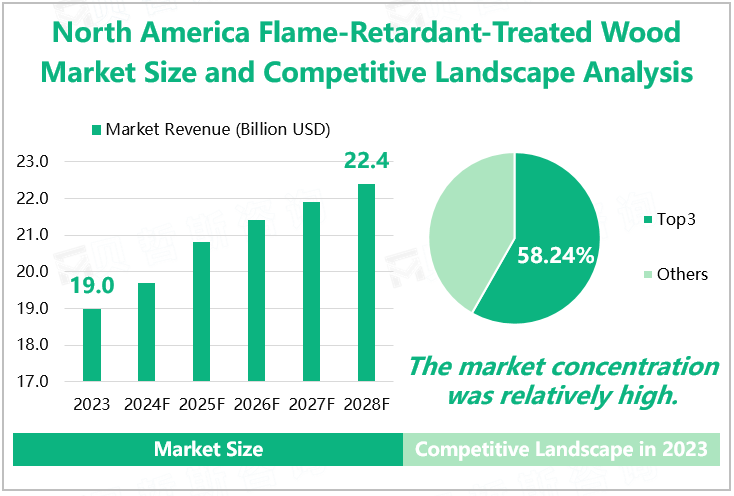Flame-retardant-treated wood refers to wood that has undergone special processing techniques to improve its flame-retardant properties. This treatment aims to reduce the combustibility of wood in fires, thereby delaying the spread of the fire to a certain extent and providing more time for people's escape and firefighting. Flame-retardant-treated wood is widely used in construction, furniture, decoration, and other fields, which is of great significance for improving the fire resistance level of buildings and ensuring the safety of people's lives and property.
Introduction to Segmented Products
|
Impregnated Flame-retardant-treated Wood |
Soak the wood in a solution containing flame retardant to allow the flame retardant to penetrate the interior of the wood, thereby achieving a flame retardant effect. This processing method is simple and feasible, but the penetration depth of flame retardants is limited and may affect the mechanical properties and appearance of wood. |
|
Coating Flame-retardant-treated Wood |
Apply a layer of flame retardant on the surface of the wood to form a flame-retardant protective layer. This method has a relatively small impact on the mechanical properties of wood, but its flame retardant effect may not be as good as that of impregnation treatment. In addition, the coating may peel off or wear, affecting the durability of flame-retardant performance. |
|
Composite Flame-retardant -treated Wood |
Composite wood with materials with good flame retardant properties, such as plywood and gypsum board treated with flame retardants, to form composite materials with flame retardant properties. This method can maintain the original properties of wood and improve its flame-retardant effect, but the cost may be higher. |
Source: www.globalmarketmonitor.com
North America Flame-Retardant Treated Wood Market Size and Competitive Landscape Analysis

We provide more professional and intelligent market reports to complement your business decisions.